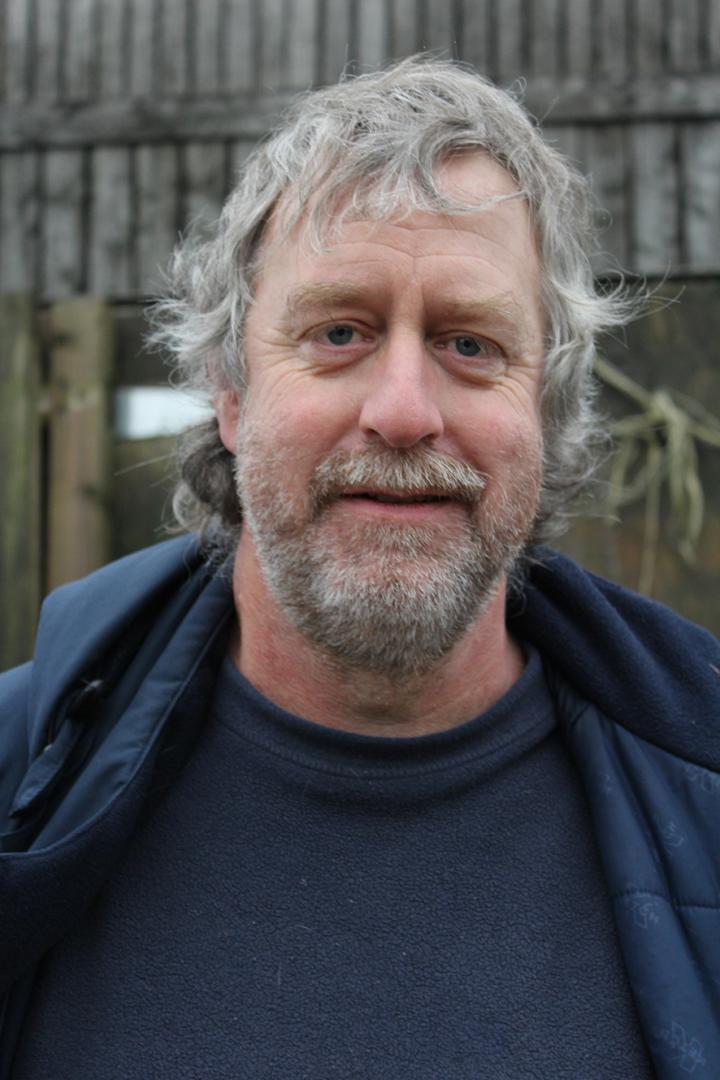ONE of the most important contributions that livestock farmers can make towards mitigating the effects of climate change is to maximise their grassland productivity, according to Dr David Davies.
The renowned expert, who runs Silage Solutions, which provides independent research and advice on feed conservation, also believes that many of the silage additives on the market are ineffective.
Among the most significant climate change issues associated with livestock farming is the importation of maize gluten, soya and palm oil as animal feed ingredients, says Dr Davies. Millions of acres of rainforest and other valuable habitat have been lost to make way for the planting of these crops and there is an environmental cost linked to their transport.
Moreover, he points out that ruminant livestock has evolved to eat forage and therefore maximising grass and silage intakes will result in healthier animals. This will help to reduce veterinary bills and improve growth rates and fertility, as well as enhancing longevity, he says.
Dr Davies stresses that the production of high quality grazing and silage will help in the fight against global warming and offers several tips to help farmers to achieve this aim. He also underlines the fact that unlike fossil fuels, the grass that is eaten by livestock is a biorenewable product. Moving towards a high quality, forage based animal feeding system will help farms to progress toward a carbon neutral position.
Historically, farmers have calculated silage making using a figure of cost of production per tonne. However, Dr Davies advises an alternative approach, which is to measure the cost in terms of producing 1kg of meat or milk.
The calculation will show that grass and grass silage are the cheapest and can be the most efficient methods of feeding sheep and cattle.
“The system should start with maximising forage quality in the field,” he says.
“In many cases, the levels of nitrogen that are applied fall short of crop requirement, but adequate levels are essential for ensuring that crude protein content reaches the target figure of 17 per cent for silage,” says Dr Davies.
“Another recommendation is to cut silage in the fifth week – or even the fourth – after the field has been shut up or following a silage cut. At this stage, the grass will contain less fibre and it will also lift the energy content of the forage. It will be highly digestible and will be degraded in the rumen rapidly.
“Some feed company representatives may suggest that the lack of fibre will have a negative effect on ration quality and additional supplementation will be required, but in many cases I would disagree.
“Lifting forage intakes will increase forage intakes and improve rumen health. Nevertheless, supplements to the grass or silage diet may be necessary for cattle and sheep, depending on the stage of production.”
Another argument against the early cutting of silage after grazing or silage making is that growers may expect to experience a reduction in dry matter yield, he adds.
“The overall annual silage yield will not be reduced by more frequent cutting because the grass will recover more rapidly and this will promote growth rates. This practice means that grass can be harvested before it reaches the senescent stage and that will raise quality,” he says.
“Contractor costs may rise slightly, but if the weight of the crop that is being handled is lower than the average there may be scope to negotiate a discount price per acre.
“A further benefit is that the cut grass will wilt more rapidly due to its reduced bulk and there could be an opportunity to cut in the morning and pick up the crop the same evening, for example. If this can be achieved, it has the potential to reduce field losses by as much as two to three percent. It will also compress the period in which the crop is subject to the vagaries of the weather.”
Another area where losses can be incurred is in the clamp. Dr Davies comments that some producers have stopped using plastic as part of their contribution towards a better environment, but he feels their efforts are counter-productive.
“A clamp that has not been effectively sealed can lead to silage losses of up to 25-30 per cent,” he says.
“These are losses in carbon and nitrogen which will increase greenhouse gas emissions as well as reducing forage quality. It is much better to buy the best quality plastic for sealing the clamp and it can be recycled after use.”
When it comes to additives, Dr Davies believes that a large number of products on the market are unfit for purpose, although a high quality product has the potential to improve animal performance.
“For the UK, I strongly recommend a homofermentative product and one which contains lactobacillus plantarum. It will produce only lactic acid. This type of additive has been scientifically proven to act as an effective method of improving silage fermentation.
“There is a wide range of alternative additives available in the marketplace, but the vast majority will either have little effect or may actually impede the fermentation process,” says Dr Davies.






